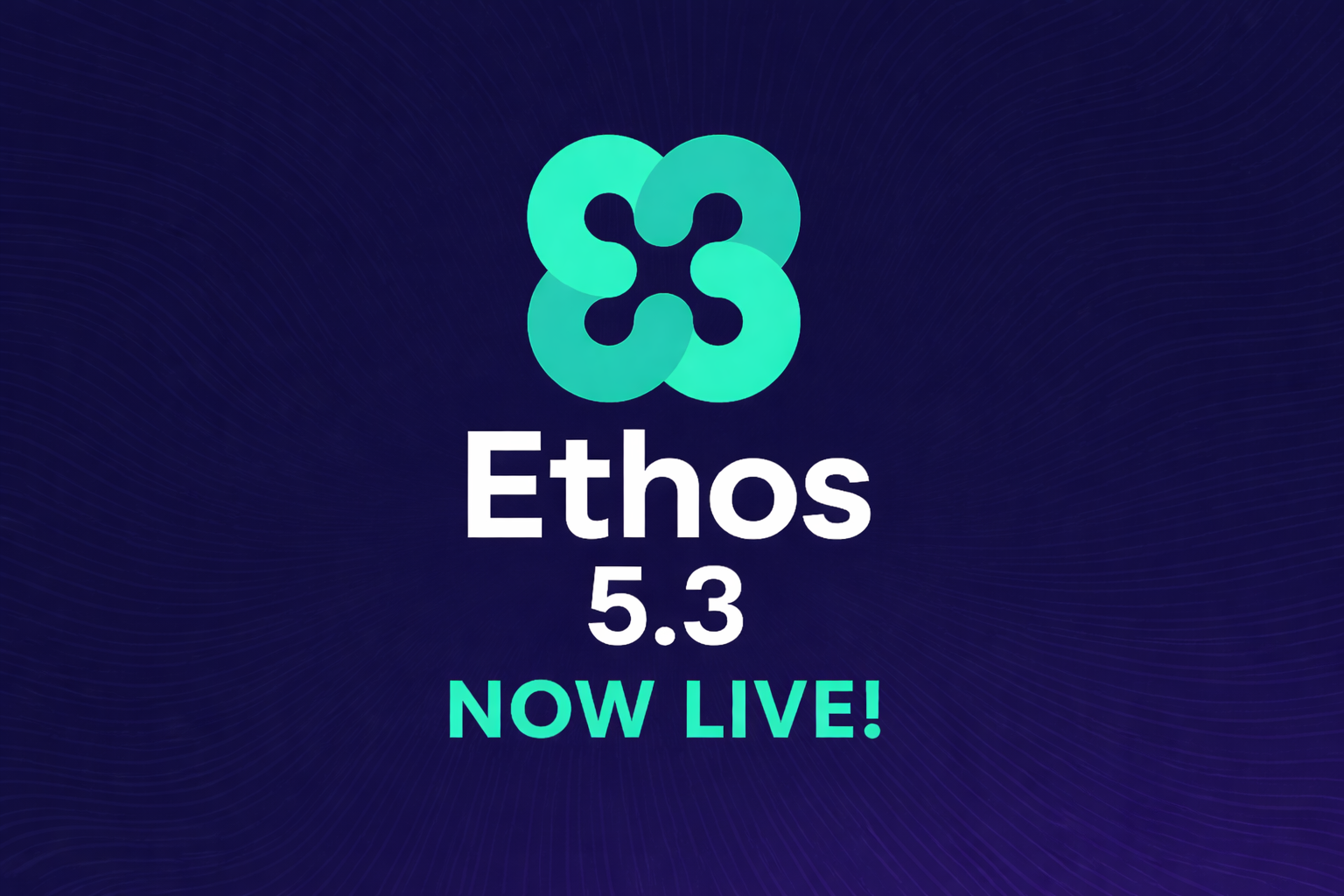News Nancy • September 15, 2025
Regulation Reset: Are We Entering the New Era of Stablecoins, Tokens & Crypto Licenses?

The Regulatory Pulse Is Beating Faster
Recent developments have made it clear: the crypto world is moving from rules-on-paper to rules-in-effect. Across the U.S., U.K., and EU, regulators are tightening oversight, drawing new boundaries, setting new standards — and startups, exchanges, and users are watching closely.
What’s New
- Passporting Under Threat in the EU
Under MiCA, license “passporting” allows crypto firms regulated in one EU country to operate across the bloc. But France (and others) say some licenses are being obtained in weak states like Malta, with lax oversight. They’re pushing for oversight to shift to ESMA to ensure consistency and investor protection. - UK Considers Stablecoin Caps
The Bank of England wants to limit how much individuals can hold of so-called systemic stablecoins (widely used ones) to £10,000-£20,000; businesses to £10 million. Critics warn these caps could dampen adoption, hurt innovation, and make the UK less attractive vs the US/EU. - U.S. SEC Softens the Edge
Paul Atkins, SEC Chair, is changing the tone: less aggressive surprise enforcement, more warnings for technical violations ahead of action. A clearer distinction is being drawn between what counts as a security or not. - Tether’s Game Plan: Compliance First
Tether is launching USA₮, a U.S.-regulated stablecoin, to fully comply with the GENIUS Act. It signals an acknowledgment that future stablecoin success depends on regulatory acceptance, not just market demand.
Why This Matters
- Innovation vs. Regulation Is No Longer Zero-Sum
These changes show that regulation isn't just a drag — for many firms, it’s becoming a feature. Compliance could be a competitive advantage. Investors will trust stablecoins, tokens, exchanges more if the rules are clear. - Cross-Border Risks and Opportunities
If every country or regulatory body treats stablecoins differently, it creates fragmentation. But harmonization (like what’s being pushed in the EU) could unlock bigger, safer markets. - User Impact Is Growing
Caps in the UK mean ordinary people’s ability to use stablecoins in payments, DeFi, or cross-border transfers may be restricted. On the flip side, U.S. enforcement changes might reduce legal risk for innovators.
What Could Go Wrong
- Regulators moving too fast without clear guidelines can stifle innovation.
- Firms will face compliance costs — audits, reserve backing, reporting — that might be burdensome for smaller players.
- Regulatory fragmentation could still persist unless global or at least regional frameworks align.
Looking Ahead
- Keep an eye on how ESMA responds to France’s push. Will EU rules become more centralised?
- Will the UK finalize those stablecoin caps, or will backlash force revisions?
- In the U.S., how quickly will the new SEC enforcement approach take effect in practice — will warnings become normalized?
- How are stablecoin issuers (e.g. Tether, Circle, others) adjusting their reserves / transparency / governance in response?
Final Take
We’re witnessing a turning point: regulation is ceasing to be the opponent of crypto and becoming its arbiter — the judge, but also the map-maker. Those who adapt — building compliance, transparency, and foresight into their strategy — are the ones likely to thrive.
Stay Connected
Make sure to join us on Discord & Telegram to catch the next wave of changes hot off the press. Got the app yet? If not, now’s a good time — trade smarter, stay compliant, and stay ahead.












